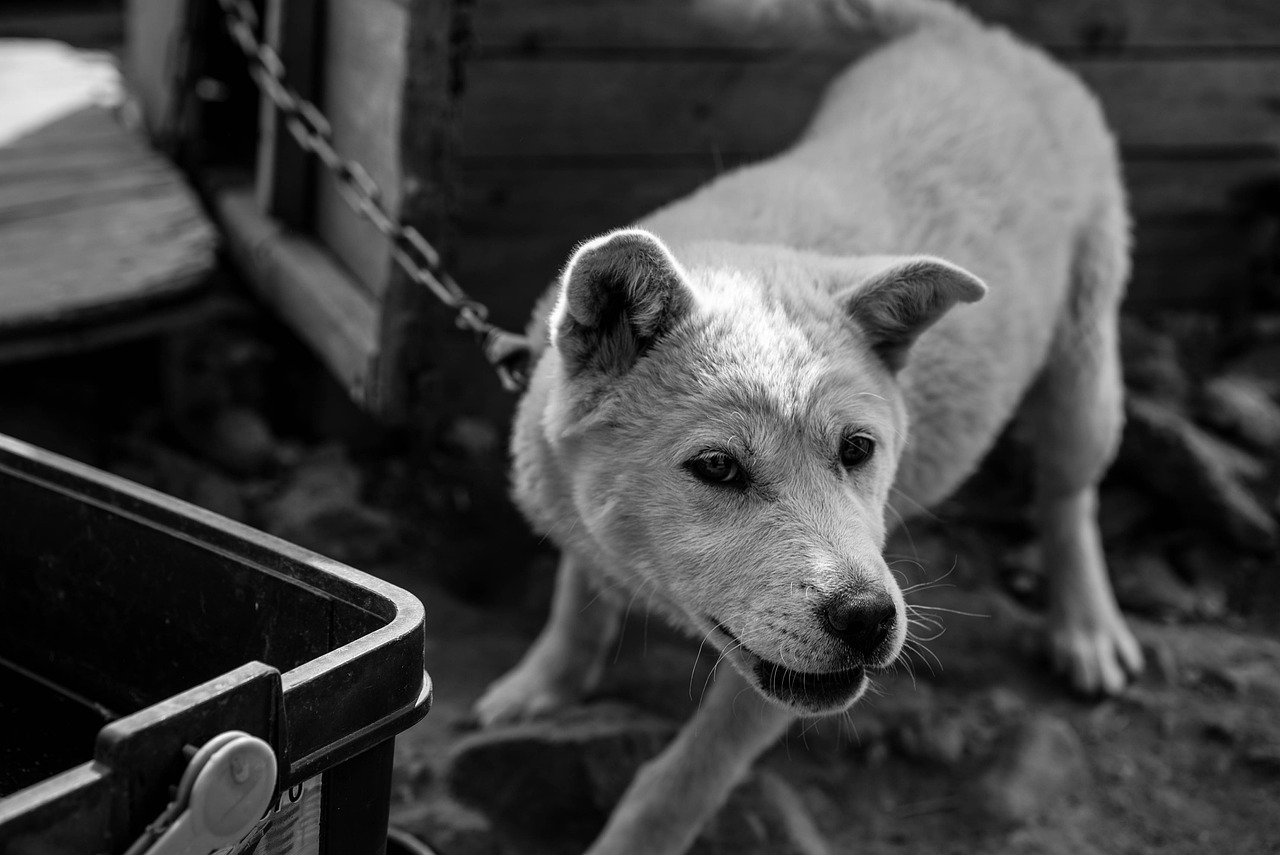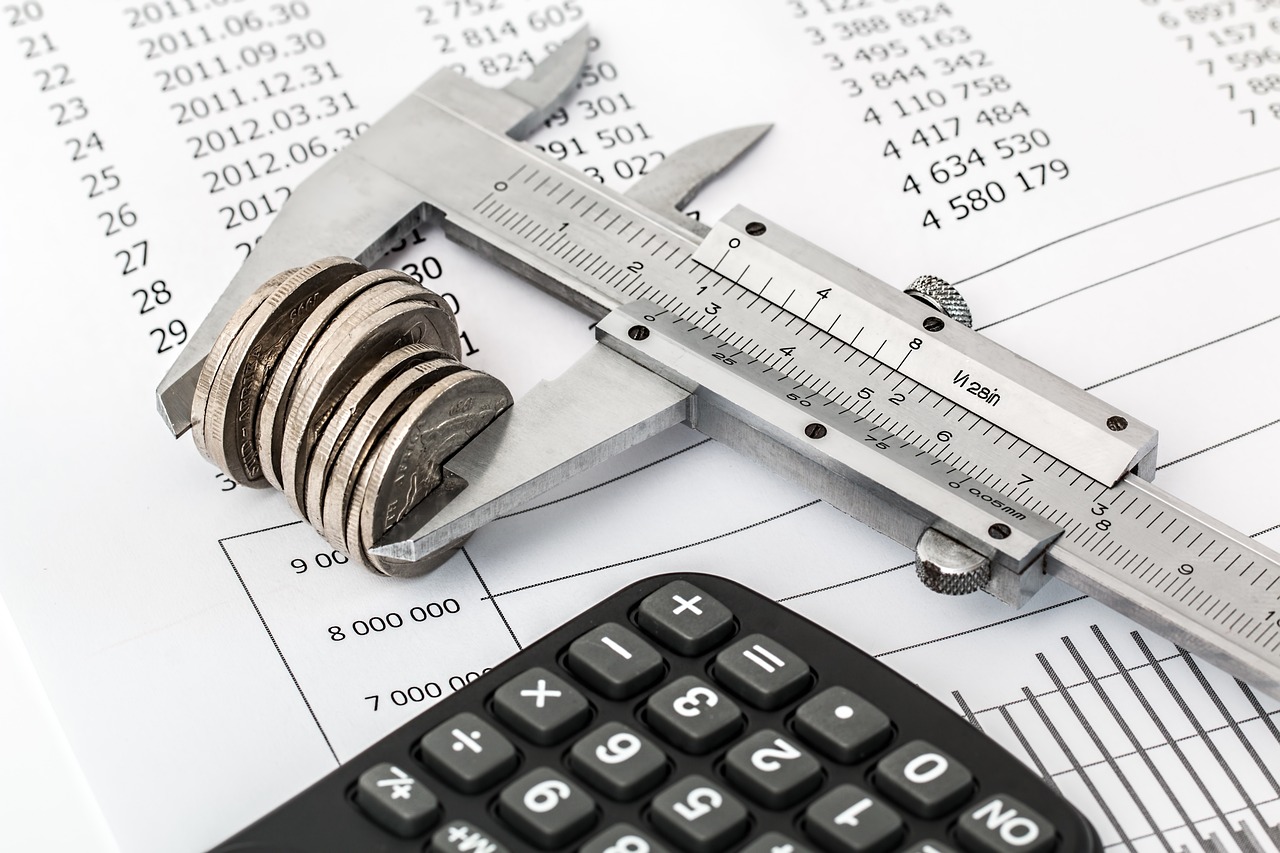Tattoos used to be associated with sailors, bikers, and sideshow artists in the minds of many Americans. In recent years, tattoos have become more popular and the people who get them are as diverse in style and design as the tattoos they choose. People who would never consider tattooing pictures or symbols on their bodies instead use permanent makeup, which is a form of tattoo, to draw attention to their eyes and lips.
Here, we’ll examine the tattooing process and the legal and safety issues that come with it.
By injecting ink into the skin, tattoo artists create their work. A tattoo machine that looks and sounds like a dental drill is used to accomplish this. There are 50 to 3,000 punctures per minute, and the needle moves up and down to puncture the skin at that rate. An ink drop is deposited with each puncture of the needle, which penetrates about a millimeter into the skin.
Since Samuel O’Reilly invented the tattoo machine in the late 1800s, it has remained largely unchanged. O’Reilly drew inspiration from Thomas Edison’s autographic printer for his design. The printer was invented by Edison in order to engrave on solid surfaces. Edison’s machine was modified by O’Reilly so that it could drive the needle by changing the tube system and the rotary-driven electromagnetic oscillating unit.
Some of the most common parts of modern tattoo machines include:
- Needle disinfection
- Ink is fed into the machine via a tube system.
- an electric motor
- The needle’s vertical movement is controlled by a foot pedal, similar to those found on sewing machines.
Through the epidermis (the outer layer of skin), you see a person’s tattoo ink. Dermal ink is located in the skin’s second layer, the dermis. As dermal cells are far more stable than epidermal ones, tattoo ink will last a person’s entire life with only minor fading and dispersion of the ink.





